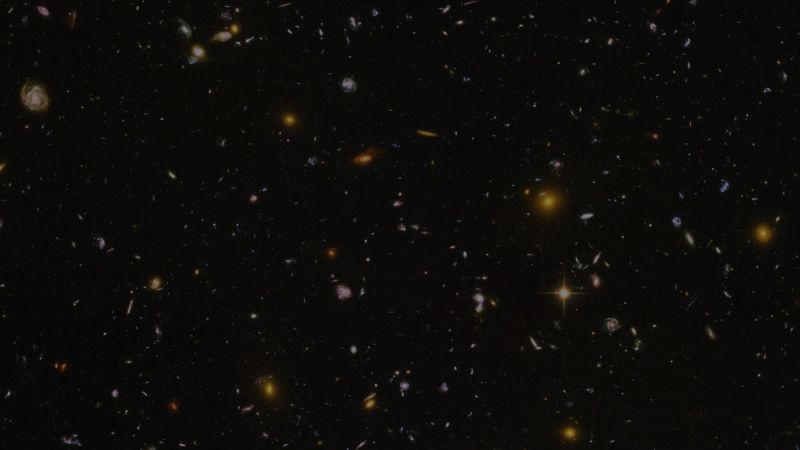The lunar far side, often referred to as the dark side of the moon, presents scientists with a realm of diverse terrain, constituting a stark variance from the near side that we are familiar with. As such, the lunar far side has inspired curiosity, intrigue, and a substantial number of scientific inquiries seeking to uncover why it is so incredibly different from what we see.
The lunar far side’s topography is flecked with a higher concentration of craters and displays a significant dearth of the maria— the dark, smooth plains of basalts that are noticeable on the moon’s near side. These discrepancies in surface elements have led to extensive research to investigate the causative factors.
One key theory positing a plausible reason is the difference in crust thickness on the near and far sides of the moon. Reportedly, the lunar crust on the far side is estimated to be approximately 50 kilometers thick, in contrast to the near side’s 30-40 kilometers. This dissimilarity could potentially undermine the formation of maria on the far side, as it would be more challenging for the molten lava to break through the crust and spread on the surface. Continual meteor impacts on the far side could also account for the different, rougher terrain, complete with a higher density of impact craters.
Furthermore, the gravitational interplay between the Earth and the moon serves as another piece in this seemingly daunting puzzle. The Earth’s gravitational pull effects in a phenomenon known as gravitational lock or tidal locking, where the moon rotates on its axis in the same duration it takes to orbit Earth, causing only one hemisphere, the near side, to face Earth perpetually.
This reality, along with the moon’s elliptical orbit, has allowed the near side to sustain a slightly warmer temperature over the course of its existence, factoring into the variances in geological activity between the two sides. This gravitational relationship would also have facilitated more intense asteroid bombardment on the far side, contributing to its starkly cratered landscape.
Examining these differences is not merely for intellectual satisfaction. The far side of the moon holds significant potential for astronomical observations. The absence of radio noise from Earth due to its unique position makes it an apt place for low-frequency radio astronomy and could pave the way for new discoveries about the universe.
Scientific missions targeting the far side, such as China’s Chang’e-4, carry immense promise for exploring the lunar backside’s distinct morphology and geology, giving researchers the opportunity to examine this mysterious and silent observer from our past.
In essence, the differing appearances of the moon’s near and far sides are not mere quirks of our natural satellite. They are reflections of planetary evolution and the fundamental dynamics of cosmic bodies. As we delve deeper into space exploration, the far side of the moon stands as a testament to the untapped mysteries within our solar system, and understanding its characteristics can open doors to new dimensions in our quest for knowledge.




